Looking for the perfect ride-on car for your kids? Explore our expert guide to give your little one a safe and exciting ride!
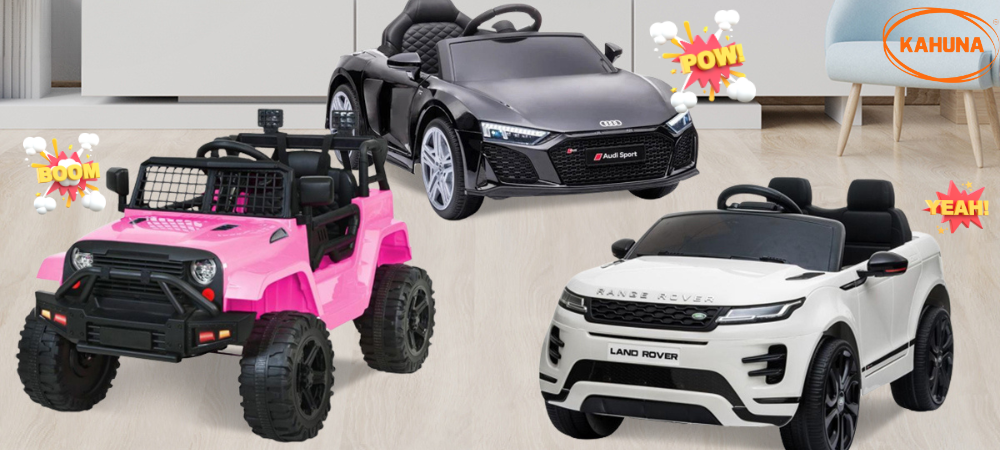
Is your little one outgrowing their stroller? If they're ready to explore on their own, a kids' ride-on car makes for an absolutely fun choice! These ride-on cars offer tons of excitement and more importantly, support your child's development by enhancing their motor skills, spatial awareness and even critical thinking.
But with all the choices available in the market, picking the perfect ride-on car for your little one can be a bit tricky. Here’s a handy guide to help you sort through the basics and make sure your child has a safe and fun time riding around.
Budget
Before we dive in, it’s a good idea to gauge how much you’re willing to spend on a ride-on car:
-
Average cost: Typically, a good-quality ride-on car can range from $150 to $300, depending on the features and brand.
-
Premium models: High-end cars with advanced features like dual motors or larger batteries can reach over $500 and up.
Things to Consider When Buying a Kids' Ride-On Car

Pedal or Non-pedal?
One of the first decisions you'll face is whether to choose a pedal or non-pedal ride-on car:
|
Type |
Features |
|
Pedal |
Requires physical effort, great for developing gross motor skills and promotes exercise. |
|
Non-Pedal |
Automated acceleration is often equipped with features like sound effects, lights and remote controls for adult supervision. Ideal for younger children who may not yet have the coordination for pedalling and great fun for older kids who already have a grasp on steering and navigating the road ahead. |
For kids aged 5 to 7 who are a bit older or more active, pedal cars bring in a fun challenge by letting them use their muscles and improve their steering skills. But for the little ones, our ride-on cars are just right, offering a great mix of support and fun without the need for pedalling.
Brand Matters
When you're looking to buy ride-on cars for kids, the brand can make a big difference. Trusted brands usually provide better quality, durability and more reliable safety features. Sure, off-brand options might save you some cash at first, but they often miss out on safety certifications, use cheaper materials and don’t last as long. Choosing a reputable brand means you're getting a solid, long-lasting toy that’s definitely worth the money.
Parental Controls
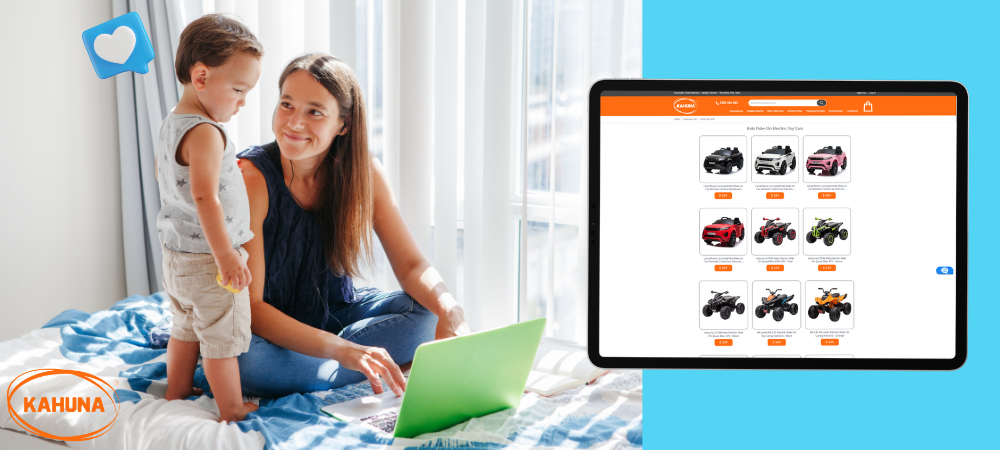
These days, ride-on cars come with some cool parental control features to help keep your little one safe. You can adjust the speed settings so they don’t zoom around too fast, and there are remote control options that let you take over if necessary. Plus, some models even have a time limit feature, so the car will automatically stop after a certain amount of time.
Battery and Motor Size
Ride-on cars are powered by different motor and battery types. Here’s a quick breakdown:
|
Battery/Motor Type |
Ideal Use |
|
Single Motor |
Suitable for lighter loads or single drivers. Slows down with additional weight. |
|
Dual Motor |
Handles heavier loads and two-seaters, maintaining speed and power. |
|
6V Battery |
Best for toddlers or very young children with limited speed requirements. |
|
12V Battery |
The standard for most ride-on cars, providing decent speed and power for growing kids. |
|
24V Battery |
For faster, more powerful models aimed at older children. |
Learning Features
Ride-on cars aren't just fun—they also encourage learning! Here are some features that promote skill development:
|
Feature |
Benefit |
|
Steering Wheel |
Enhances hand-eye coordination and fine motor skills. |
|
Foot Pedal |
Teaches kids about acceleration, deceleration and balance. |
|
Music & Sounds |
Helps with sound recognition and rhythm. |
|
Immersive Designs |
Encourages imaginative play with themed vehicles like fire trucks and police cars. |
Number of Seats
Another important consideration is the number of seats. Should you go for a one-seater or a two-seater?
-
One-Seater: Ideal for younger children. It’s easier to handle and better for indoor use.
-
Two-Seater: Great for older kids or siblings who want to ride together. These models are larger and better suited for outdoor play, but they require more space and supervision.
Maintenance Tips
Keeping your child’s ride-on car in top shape is essential for its longevity and performance. Here are a few simple maintenance tips:
|
Maintenance Tip |
Why it's Important |
|
Regular Cleaning |
Keep the car clean from dust and dirt to ensure smooth operation and a longer lifespan. |
|
Battery Check |
Always recharge the battery after use and check for any signs of wear or damage. |
|
Inspect Wheels |
Make sure the wheels are in good condition for safe rides and replace them if they become worn out. |
|
Storage |
Store the car indoors or use a cover to protect it from the elements, especially during harsh weather. |
|
Lubricate Moving Parts |
To avoid squeaky sounds and improve the smoothness of the car's movement, apply lubrication to the necessary areas. |
Conclusion
Choosing the right ride-on car for your child involves more than just picking the coolest-looking model. Prioritise safety, durability and features that will grow with your child. By considering their interests and your budget, you can select a ride-on car that will bring joy, excitement and developmental benefits to your little one's playtime for years to come!
Ready to take the leap into riding fun? Check out Kahuna’s extensive range of quality kids’ ride-on cars, filled with an array of designs, colours and types from go-karts to electric ride-ons to quad bikes!

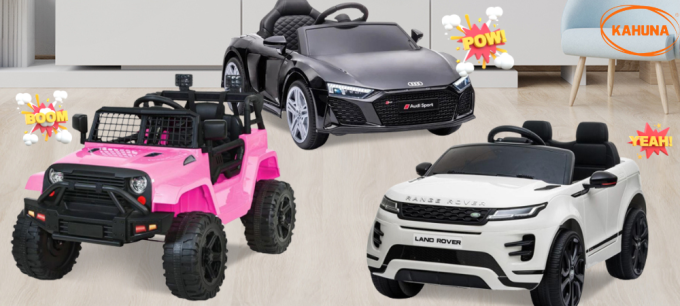



 klika australia
klika australia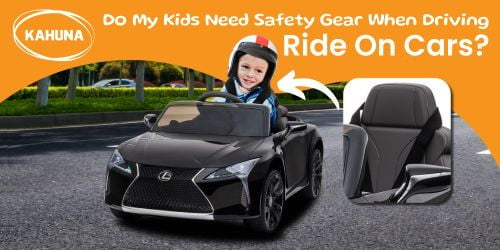

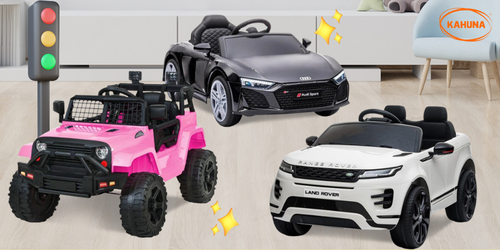
No comments
You have to log in in order to leave a comment.